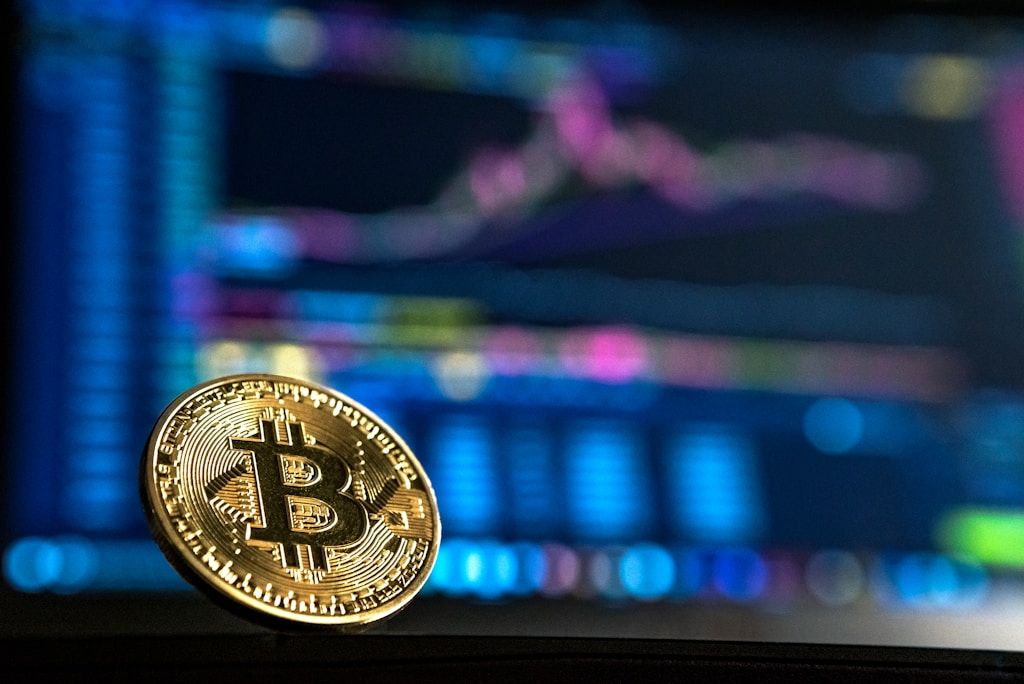Key Takeaways:
- Bitcoin demonstrates resilience amid Trump’s surprise 50% EU tariff proposal
- QCP Capital analysis highlights crypto’s emerging safe-haven status
- Institutional inflows continue supporting bitcoin’s price stability
In a significant display of market maturity, Bitcoin has maintained remarkable stability despite former President Trump’s unexpected announcement of potential 50% tariffs on European Union imports, which sent traditional markets into turmoil. This development, as analyzed by QCP Capital, marks a crucial evolution in cryptocurrency’s role as a potential safe-haven asset.
As highlighted in recent market analysis, Bitcoin’s price has shown impressive resilience at key support levels despite the broader market uncertainty.
Institutional Support Strengthens Bitcoin’s Position
The cryptocurrency’s stability comes amid record institutional inflows, with BlackRock’s IBIT ETF recently surpassing the 655,000 BTC milestone. This institutional backing has provided crucial support during periods of market volatility.
Global Trade Tensions and Crypto Markets
Trump’s proposed tariff increase has several potential implications for cryptocurrency markets:
- Increased demand for alternative stores of value
- Growing interest in cross-border payment solutions
- Enhanced focus on decentralized financial systems
Expert Analysis and Market Outlook
QCP Capital’s analysis suggests that cryptocurrency markets are entering a new phase of maturity, characterized by:
- Reduced correlation with traditional risk assets
- Enhanced market depth and liquidity
- Growing institutional participation
FAQs
Q: How might Trump’s tariffs affect Bitcoin’s price?
A: The tariffs could increase Bitcoin’s appeal as a hedge against economic uncertainty and trade tensions.
Q: What role are institutions playing in Bitcoin’s stability?
A: Institutional investors are providing significant market support through ETF purchases and direct investment.
Q: Is Bitcoin becoming a true safe-haven asset?
A: Recent market behavior suggests Bitcoin is increasingly being viewed as a store of value during periods of economic uncertainty.
